Lotus has unveiled a new EV concept it's calling “Theory 1,” a lightweight(-ish) sports car concept inspired by the Lotus Esprit that has nearly 1,000hp and can accelerate to 200mph.
Here at Electrekwe see and report on many wild EV ideas. These ideas are often accompanied by long books on how design encompasses “principles,” unnecessary branding of things that will never make it to production, and a lot of jargon.
In some ways, Theory 1 is no different. My eyes glazed over the 2,000+ words in the Lotus press release before reaching the technical specifications table.
And yet, there's still something here, because this is Lotus – a company with an incredibly important automotive legacy… and an important electric car legacy.
Lotus is the company that supplied the lightweight “gliders” on which the original Tesla Roadster was built, the car that ushered in the modern era of electric cars.
And more recently, Lotus has ventured into electric cars on its own, with the $2million Evija hypercar and the consumer-oriented Eletre SUV and Emeya Hyper-GT.
But you will notice – one of those things is not like the others. Despite being a company famous for its focus on small cars, thanks to founder Colin Chapman's theory of “simplify, then add light,” the Eletre and Emeya both weigh more than 5,500lbs, twice the weight of the original Tesla Roadster.

So, Lotus' new Theory 1 – packed with concept features that may not be true, but also a clear cut from the Evija's impressive $2million price tag – could mark a return to form for the wayward small car maker.
That's because its curb weight is listed at a very reasonable 1600kg, or 3,527lbs. That's still a lot compared to the lightest cars on the road right now, but it's on the lower end of the most powerful sports cars available today (including lighter than the Evija), it's a lot cheaper than other EVs, and it's a lot less than some gas mileage. – powerful chonkers.
And it's a lot more than the original Lotus Esprit from which the Theory 1 takes its inspiration, which started at around 2,000lbs. But the latest versions of the same car weigh around 3,000lbs, not too far from the Theory 1.
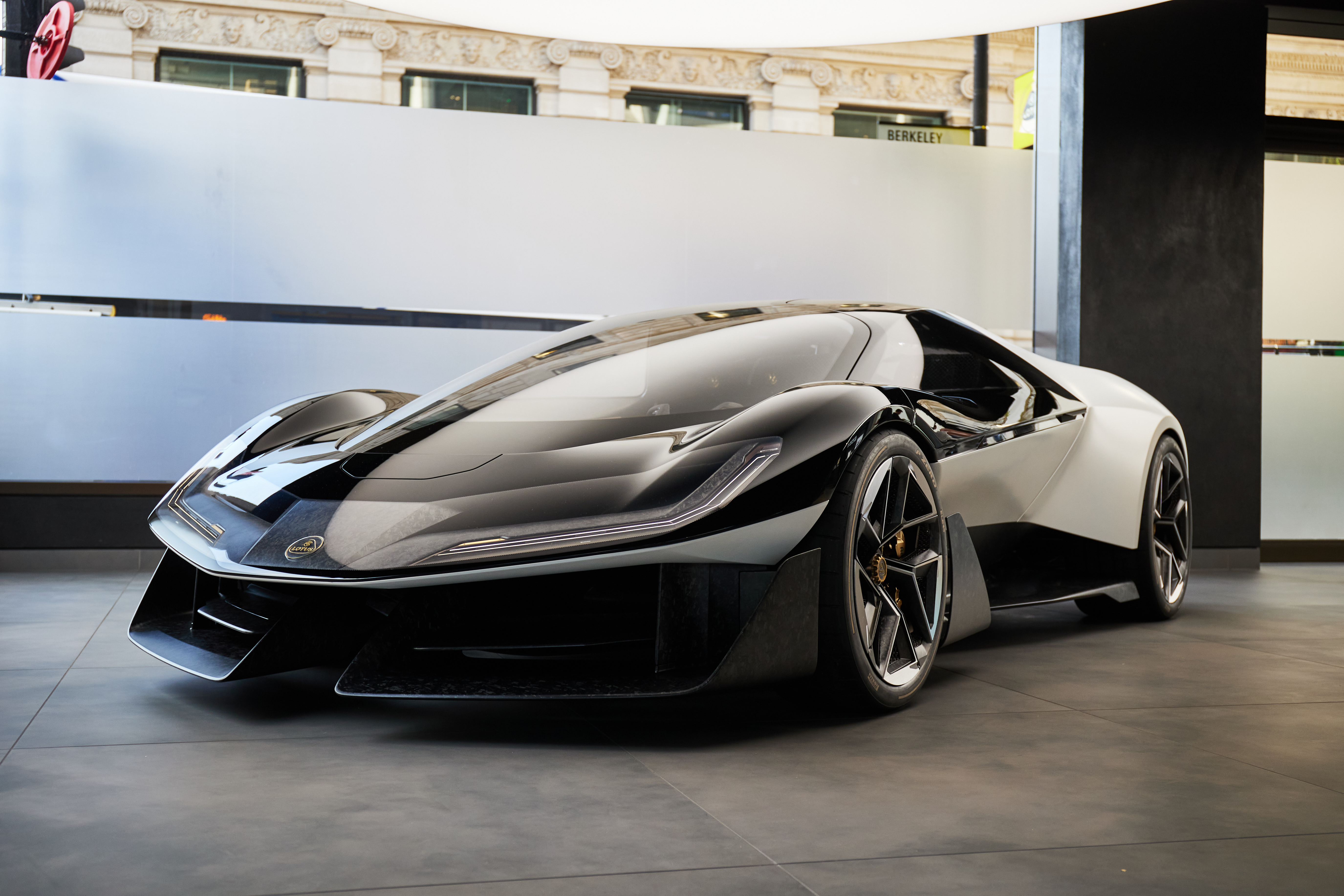
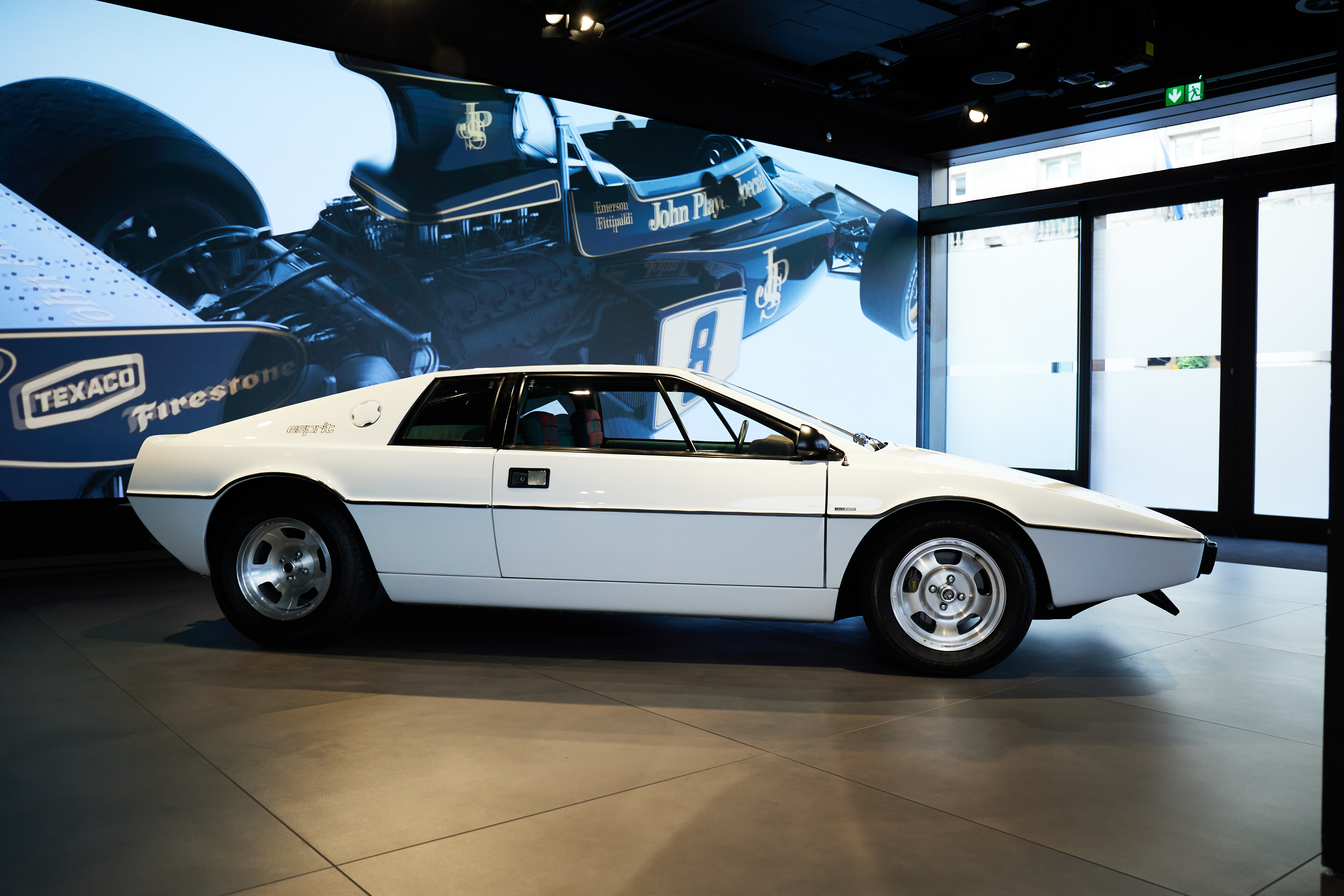
In such a relatively small package, Lotus says it packs some great performance features.
Its 986hp powertrain can sprint from 0-100km/h (62mph) in less than 2.5 seconds, with a top speed of 320km/h (198mph).
Power comes from a 70kWh battery with a range of 250 miles. This is a bit smaller than some of the larger batteries we've seen around (for example, the Eletre has a 112kWh battery), but that's the benefit of having a light, low-slung car.
But specs don't tell everything about how a car feels when driving. And Lotus promises to bring exceptional driving dynamics to this car, using methods such as placing the engine and battery as stressed members and mounting the rear wing directly to the suspension assembly.
It also wants to use steer-by-wire, a technology that has been around for a while but has only recently made its way into production vehicles, such as the Lexus RZ and Cybertruck.
But perhaps the most striking part of the driver experience in the Theory 1 is its 3-seat design, which places the driver in the middle of the car, similar to the legendary McLaren F1.
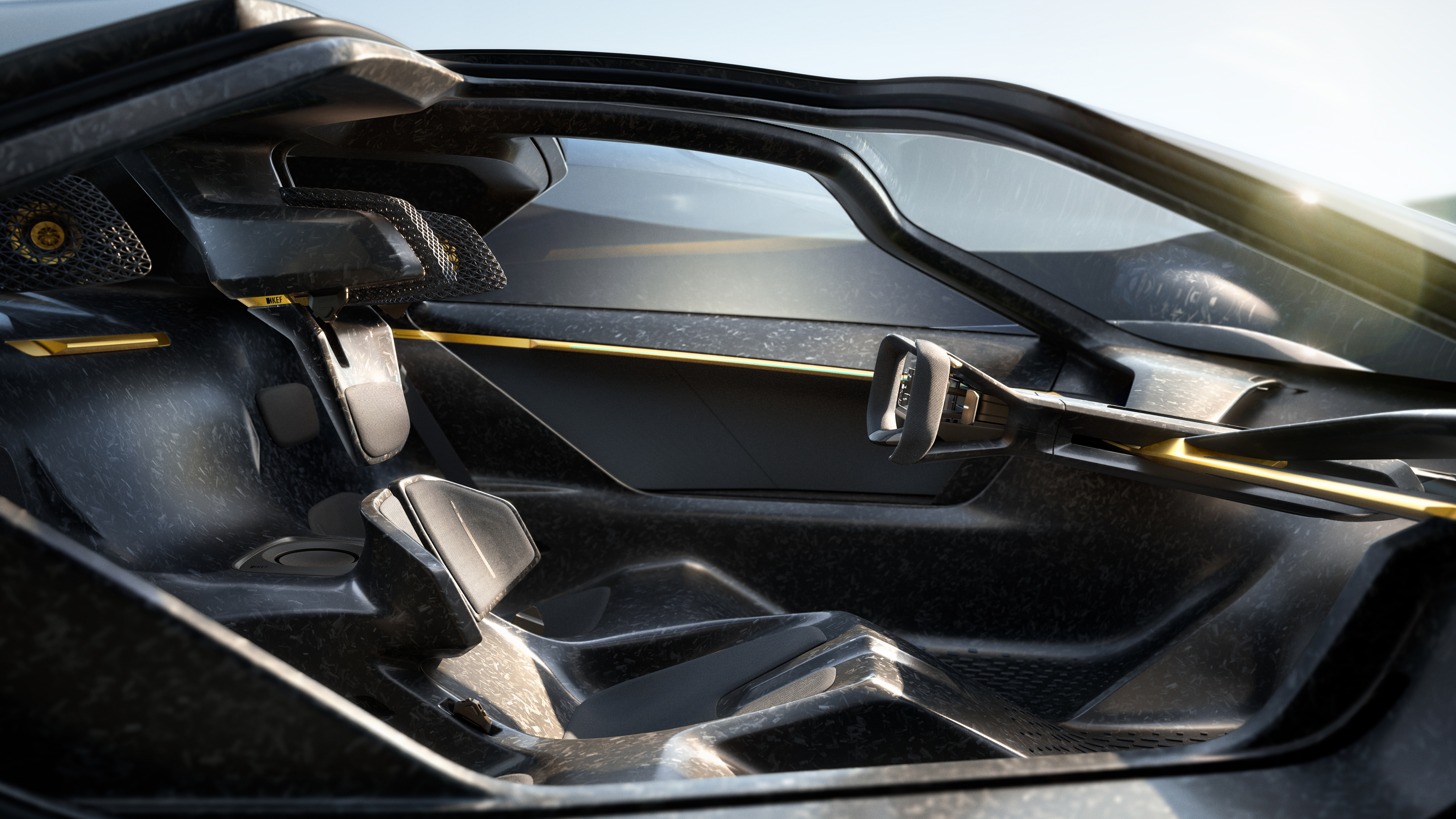
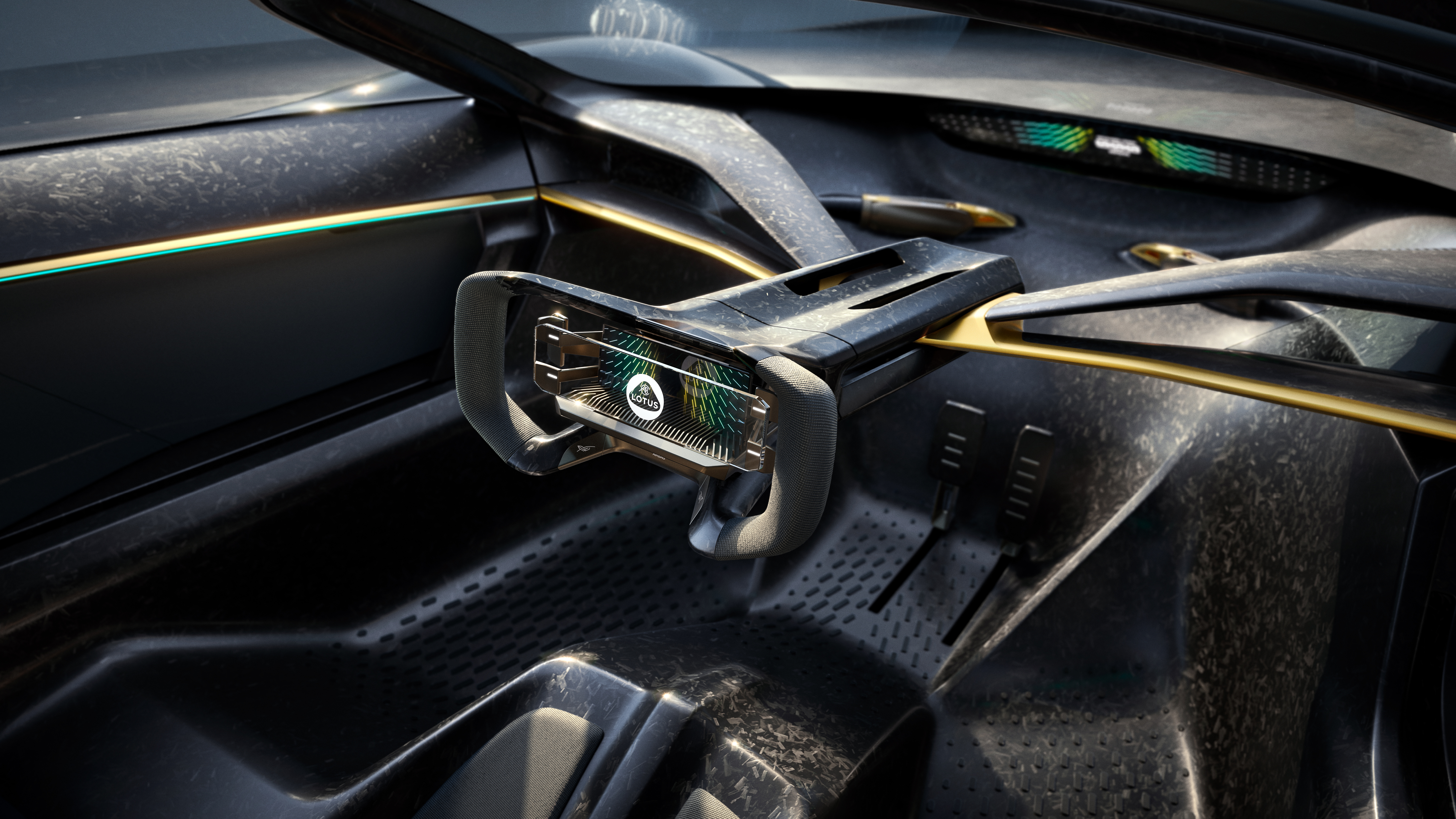
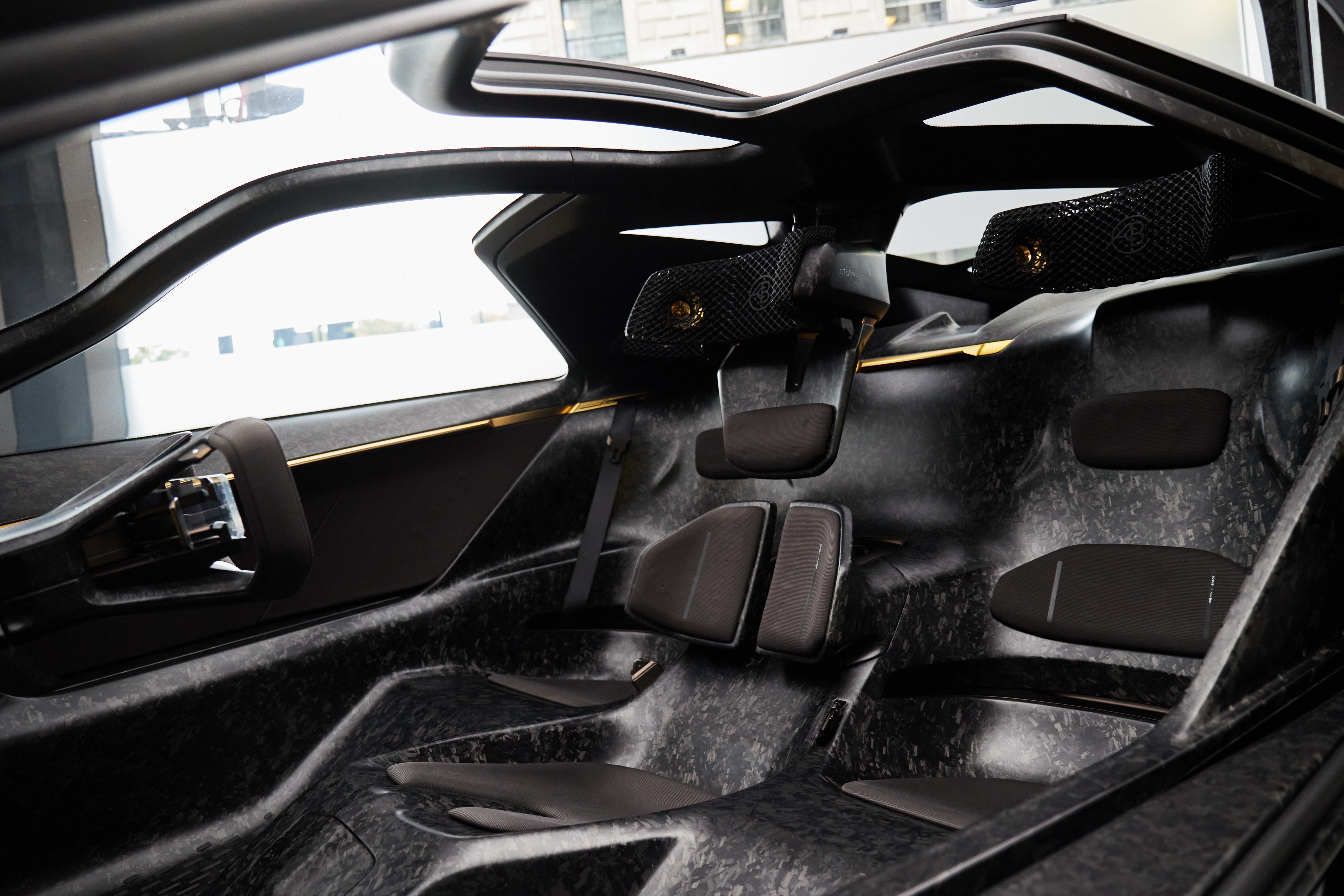
The car's light weight comes from the extensive use of high-quality materials such as carbon fiber and titanium, which is sure to increase the price of this car when it reaches production. Of those 2,000 words mentioned earlier, there is a lot of talk about 3D printing and recycled materials.
But Lotus says it wants to reduce the number of “A-surface” elements – the ones you can touch – to 10 or less, compared to 100 or more in most cars.
“There's been this period of maximalism, and people have to do one upmanship and go higher, higher, higher. And I think we've reached that point where it's saturated in terms of style, and also in terms of technology. We are not in a crazy numbers race with this car.”
-Lotus design VP Ben Payne, as quoted by Wired
So Lotus's original philosophy of “simplify, then add light” is really present in this concept, which marks the return of the product form after a few years of wandering in the desert.
Finally, while we're talking concept here, we've certainly seen many EV concepts enter production in one form or another. Even the wildest ones like the BMW Vision EfficientDynamics concept ended up being the BMW i8 sportscar.
So we may see this Theory 1 appear on the road at some point. But, even if we don't, at least it shows that Lotus is back to thinking about small cars (as they should have been all along…), and hopefully we'll get a real EV from them in a few years. .
Charge your electric car at home using solar panels on the roof. Find a reliable and competitively priced solar installer near you EnergySagefor free. They have pre-tested installers that compete with your business, guaranteeing high quality solutions and 20-30% savings. It's free, no sales calls until you choose an installer. Compare custom solar quotes online and get guidance from unbiased energy advisors. Get started here. – advertisement*
FTC: We use auto affiliate links to earn income. More.